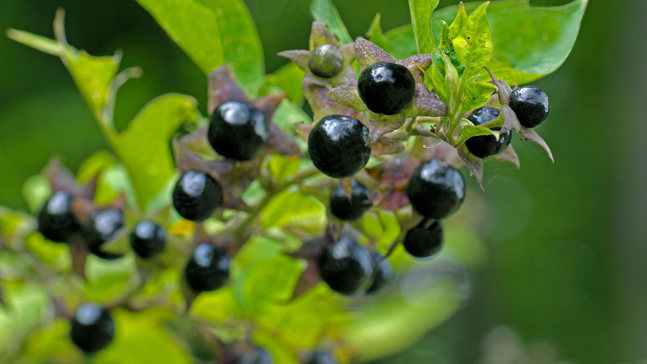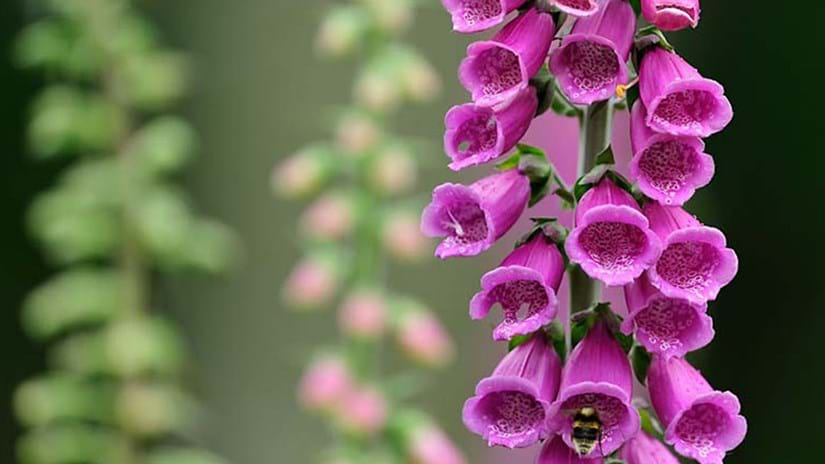
Credit: WILDLIFE Gmbh / Alamy Stock Photo
Value to wildlife
Some birds can eat the berries of deadly nightshade although they are more likely to take fruits from other plant species. The berries are also poisonous to various mammals, but eaten by rabbits and even cows!







